The Essential Guide series brings together the best recent coverage from New Scientist specially curated into beautiful compendiums about the most exciting themes in science and technology today. Written and edited by some of the world’s best science writers, these guides will leave you with everything you need to know about subjects from nutrition to the solar system and more.
THE SOLAR SYSTEM
New Scientist - The Essential Guides
THE SUN
WHAT POWERS THE SUN? • Although we understand the basics of how the sun shines, there appears to be something missing in there. It could be elements behaving in a way we didn’t expect under crushing pressure. It could be an unexpected ingredient, perhaps dark matter. Or maybe we are just looking at the sun in the wrong way.
THE MYSTERY OF THE SOLAR CORONA • While the sun’s visible surface warms us, its elusive, ultra-hot atmosphere is a growing danger to human society, so we have sent spacecraft to brave this tumultuous sphere.
TOUCHING THE SUN • Fears of a repeat of the 1859 solar storm known as the Carrington event have fuelled a growing desire to take a closer look at solar wind and its birthplace in the corona. The Parker Solar Probe was designed to do just that, as some of those involved in the project explain.
LONG-LOST SOLAR SIBLINGS
EARTH AND THE MOON
THE PALE BLUE DOT • Earth is, as far as we know, unique in harbouring life. But if we were looking at our planet from afar, would we be able to discern life’s imprint? A seminal experiment over three decades ago gave us the answer.
GOLDILOCKS PLANET • Earth’s hospitable climate is due to its privileged place in the solar system, poised between fire and ice. But that position looks increasingly precarious.
WHY THE MOON MATTERS • The moon’s gravity gently tugs on Earth, creating its tides and keeping its rotation fairly stable. Without it, our planet could topple over from time to time, causing climate chaos. Having such a uniquely large companion may have helped life to emerge and survive on Earth – just one reason the moon is a worthy source of fascination.
GOING BACK TO THE MOON • Science, mineral wealth and deep-space wanderlust are all driving plans to revisit the moon. Before we go back, we should think about what kind of place we want it to become.
WHEN PLANETS MIGRATE • Mineral traces in the rocks of Earth are calling our solar-system creation stories into doubt. That gives hope for a universe full of life.
THE MEANING OF METEORITES
DEFENDING EARTH • Small space rocks can bring us fascinating information; big ones bring death. So how can we defend ourselves against catastrophic impacts?
NEW SCIENTIST ESSENTIAL GUIDES DELIVERED DIRECT TO YOUR DOOR
THE INNER PLANETS
MERCURY: THE IRON PLANET • The closest planet to the sun remains mysterious because we have hardly ever visited. It is hard to get to Mercury – but perhaps our third mission, now en route, will change our perceptions.
VENUS: THE VEILED ONE • The solar system’s second planet is Earth’s twisted twin, conducting a masterclass in how not to be habitable.
MARS: HOME FROM HOME? • The Red Planet looms large in our imaginations, a perennial setting for science fiction and the target of media-friendly space missions. Despite its thin atmosphere, sterile soil and icy temperatures, Mars is a relatively hospitable destination. Of all our neighbours, it is the one we can most imagine visiting in person, and perhaps one day even colonising.
A WALK ON MARS
LIFE ON THE RED PLANET • Samples collected by the recently landed Perseverance rover could bring us clues about life on Mars – and Earth, says Tanja Bosak.
HOW TO GET TO MARS • Putting people on Mars is a major goal for NASA – and China, Russia, India and...
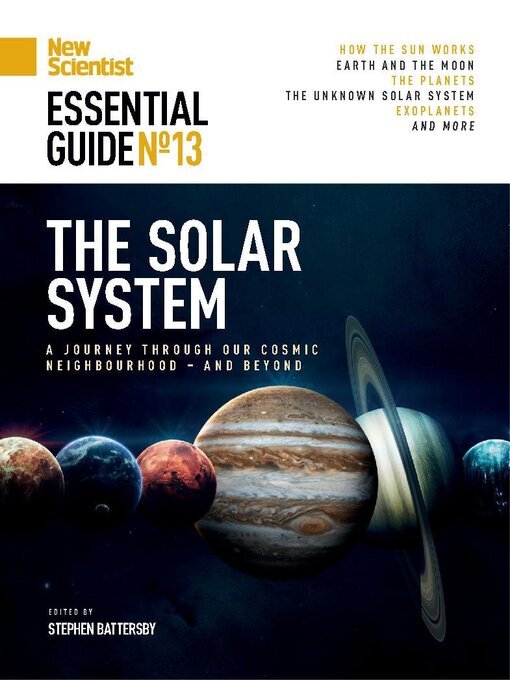
 EG25
EG25
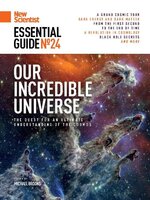 EG24
EG24
 EG23
EG23
 EG22
EG22
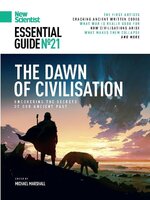 EG21
EG21
 EG20
EG20
 EG19
EG19
 EG18
EG18
 EG17
EG17
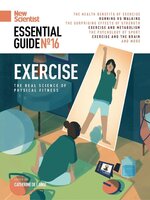 EG16
EG16
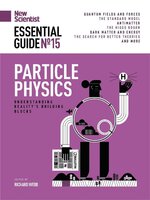 EG15
EG15
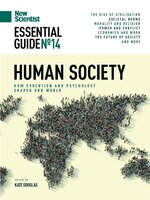 EG14
EG14
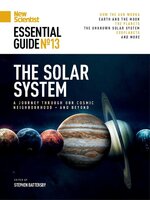 EG13
EG13
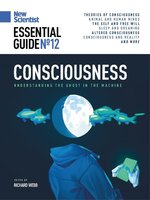 EG12
EG12
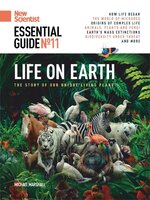 EG11
EG11
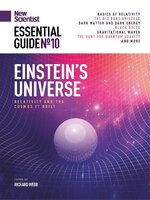 EG10
EG10
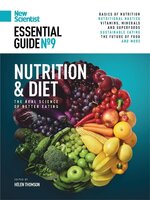 EG09
EG09